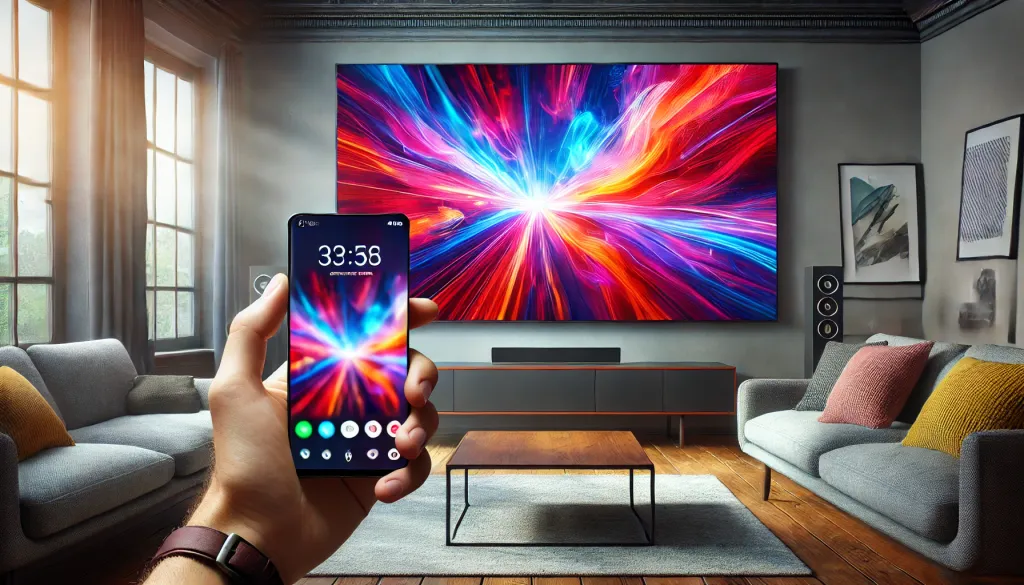
In the age of ever-larger smartphone screens, it may seem that watching photos or videos on your phone is completely satisfying. However, it is only by connecting your phone to the television that you truly gain the freedom to share multimedia with family or friends. If you're wondering how to connect your phone to the television, how to link your phone to the television, or how to share your phone's screen on your television, this article is for you.
How to connect a phone to a TV?
The simplest method to connect a phone to a TV (especially if your TV does not support wireless connectivity) is to use the appropriate HDMI-USB-C cable.
HDMI - USB-C Cable
The best image and sound quality is provided by an HDMI cable. Unfortunately, most smartphones do not have a built-in HDMI port, so it is necessary to use an HDMI – USB-C adapter or the appropriate cable. However, not every phone supports video output over USB-C, as this feature requires compatibility with DisplayPort Alt Mode.
How to check if your phone supports HDMI over USB-C?
Check the smartphone specifications – it should state on the manufacturer's website or in the user manual whether it supports "DisplayPort over USB-C".
If the phone supports this function, you only need a USB-C – HDMI adapter or a dedicated cable.
If the phone does NOT support this function, connecting via HDMI cable will not work.
💡 Examples of compatible smartphones:
✔️ Flagship phones (e.g. Samsung Galaxy from the S series, iPhone models with USB-C, Huawei Mate and P series, some Sony Xperia models, etc.).
❌ Most budget and mid-range smartphones DO NOT support video output via USB-C.
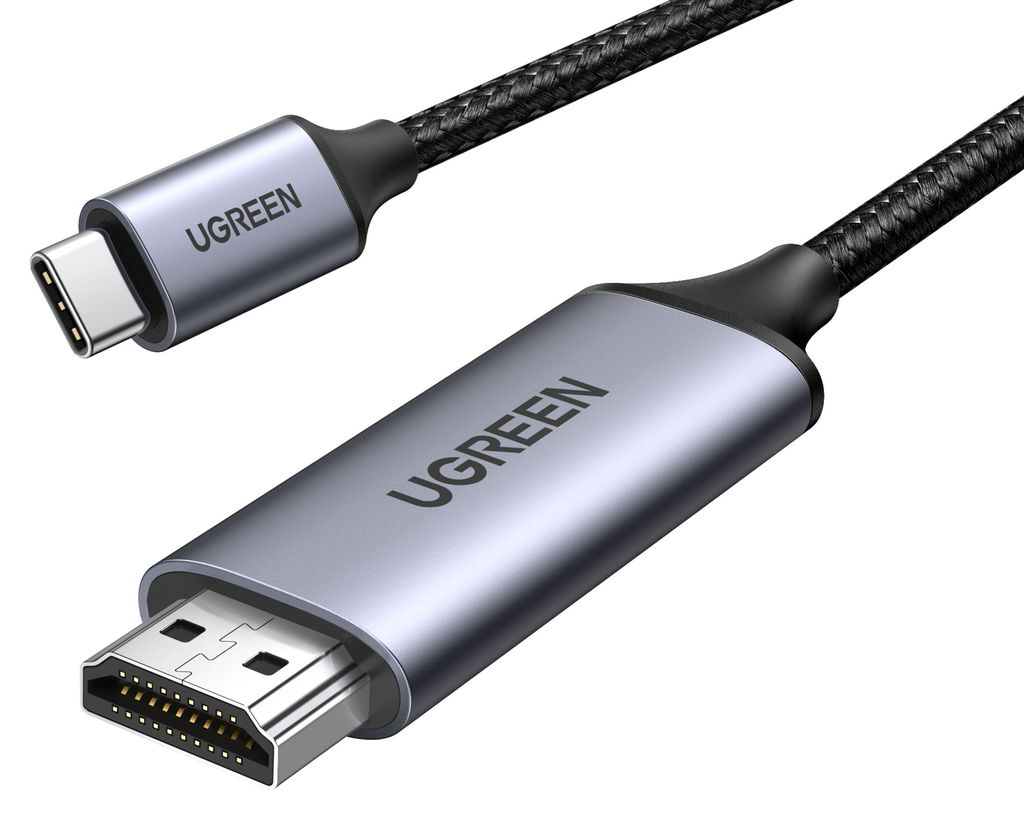
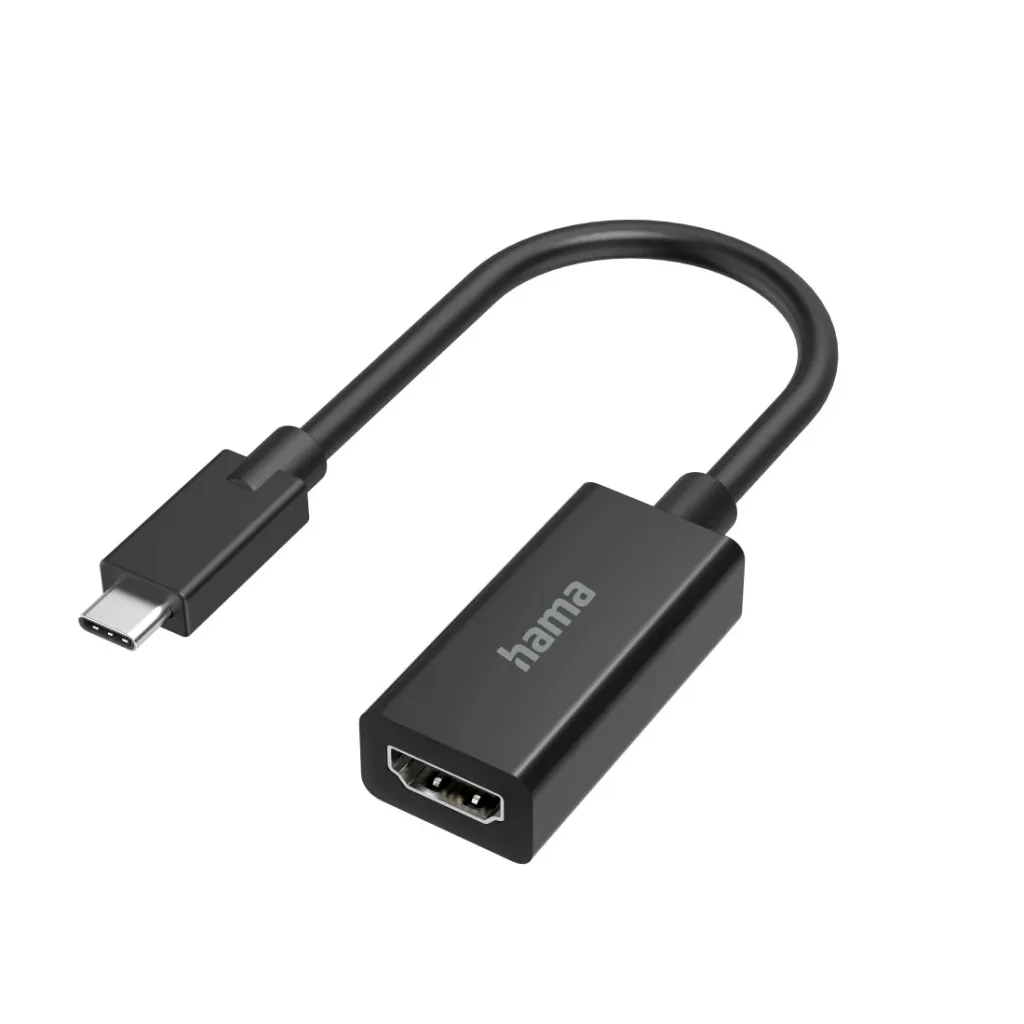
MHL Cable – a solution for older phones
If you have an older smartphone that doesn’t support DisplayPort Alt Mode, it’s possible that it’s compatible with the MHL (Mobile High-Definition Link) standard. How does the MHL cable work? It’s a special standard that allows for the transmission of video and audio via a micro USB connector to HDMI. MHL-compatible phones require a micro USB – HDMI adapter, often needing additional power via a USB port.
USB Cable – USB – when your phone acts like a pendrive
If you don't want to stream video, but want to play files (e.g. photos, videos, documents), you can connect your phone to the TV using a cable such as USB-C – USB-A.
How does this connection work?
When you connect your phone to the TV, the TV detects it as storage (just like a pendrive) - on your phone, select "File transfer" or "Image transfer" as shown in the picture.
PS. On other phones, it may be called something different, but you get the idea 😉
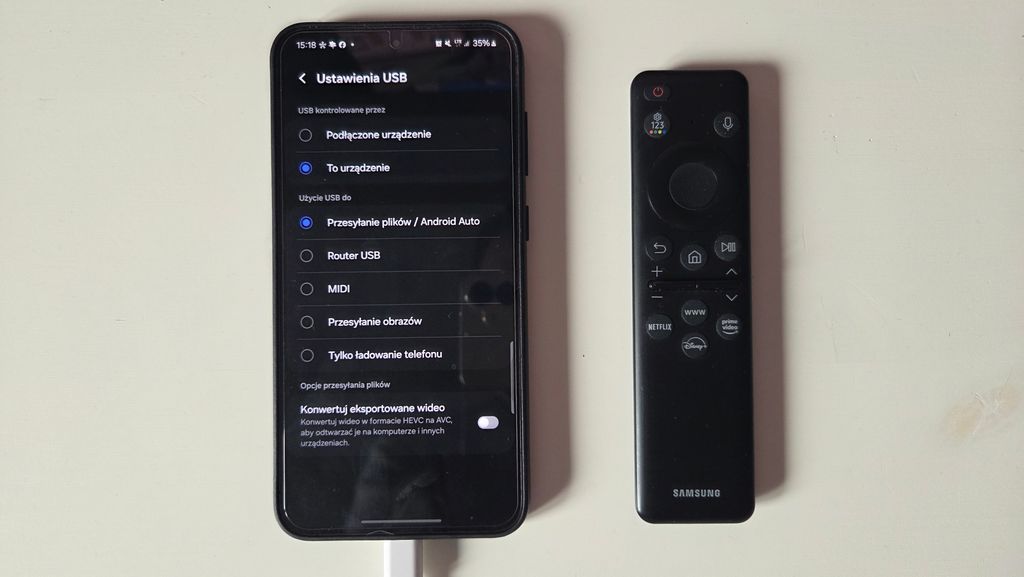
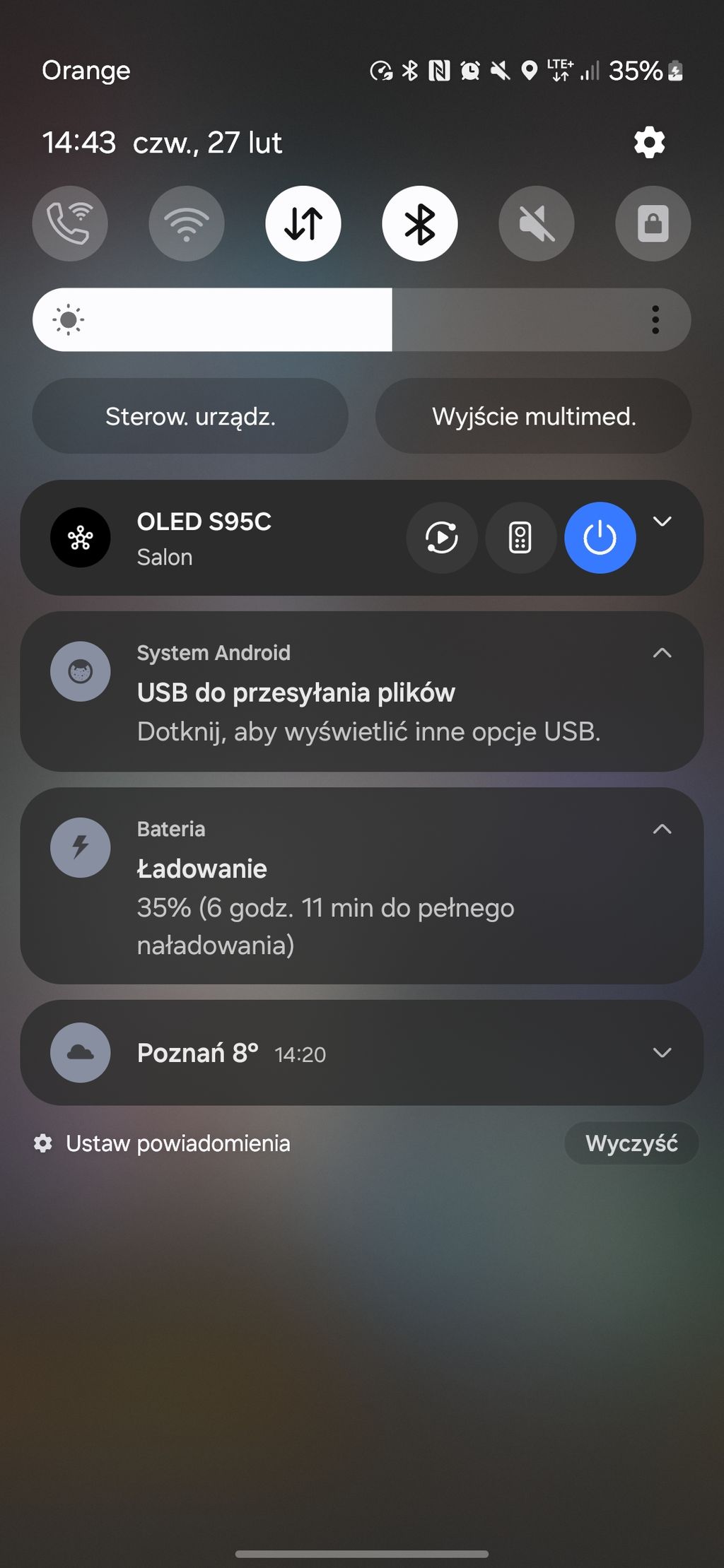
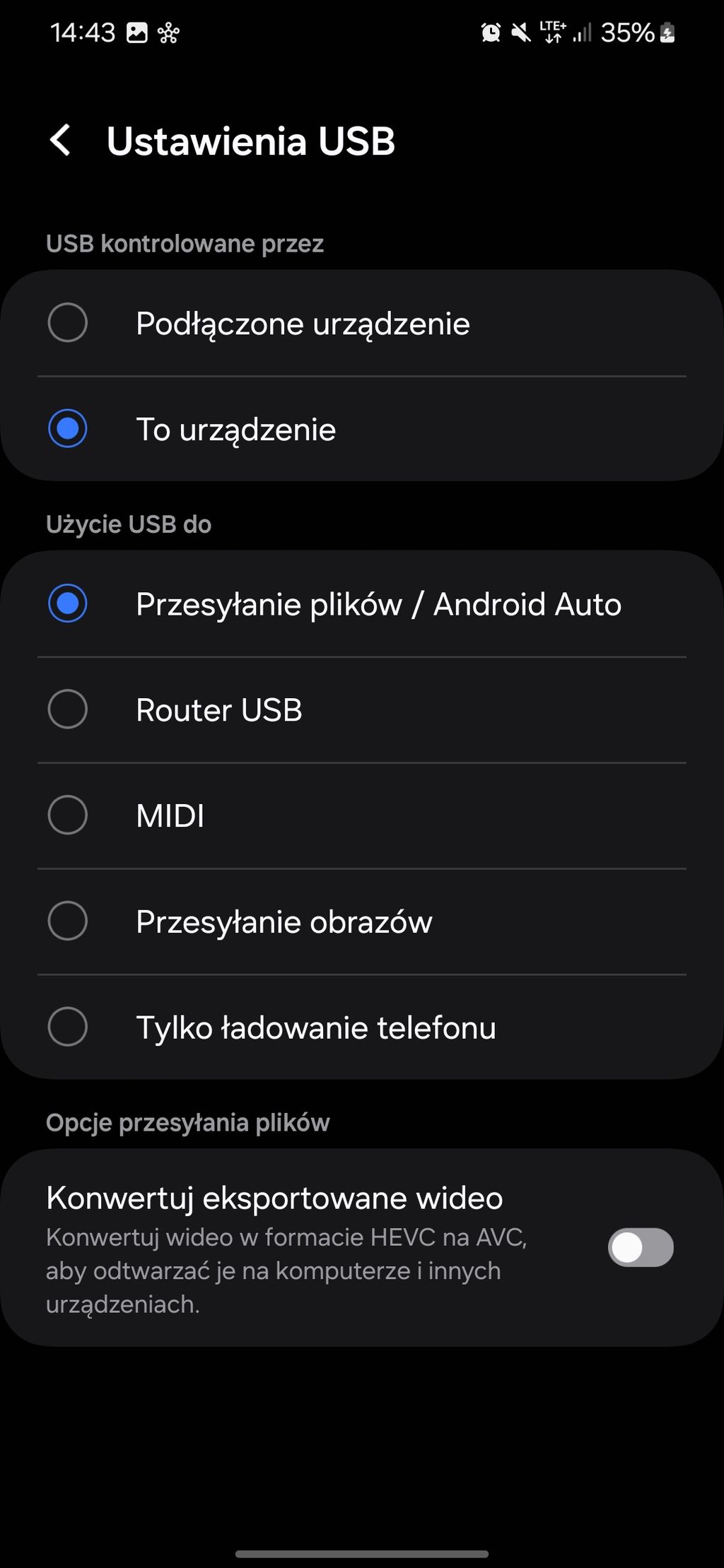
You can browse photos, videos and other files, but you can't stream live video.
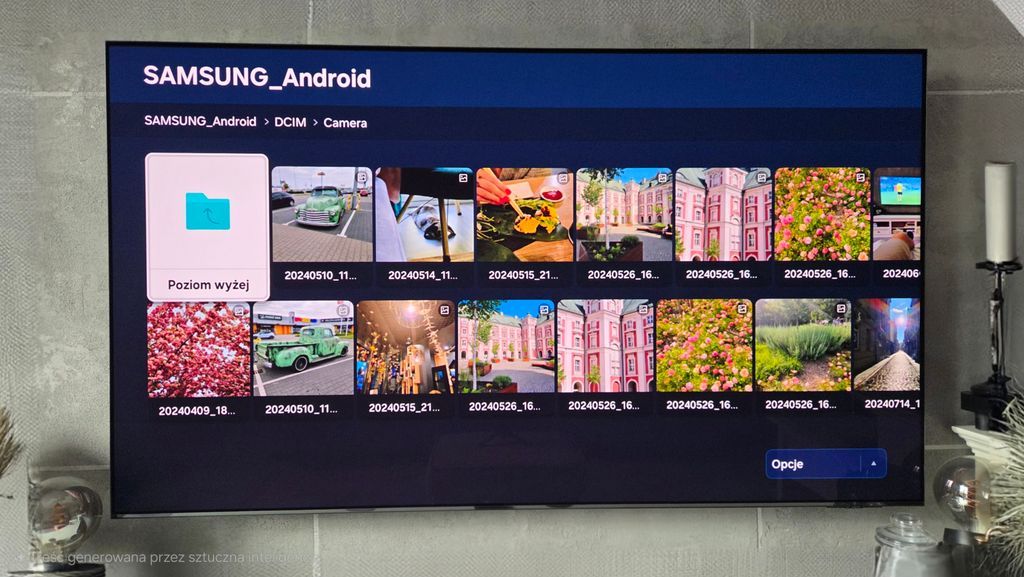
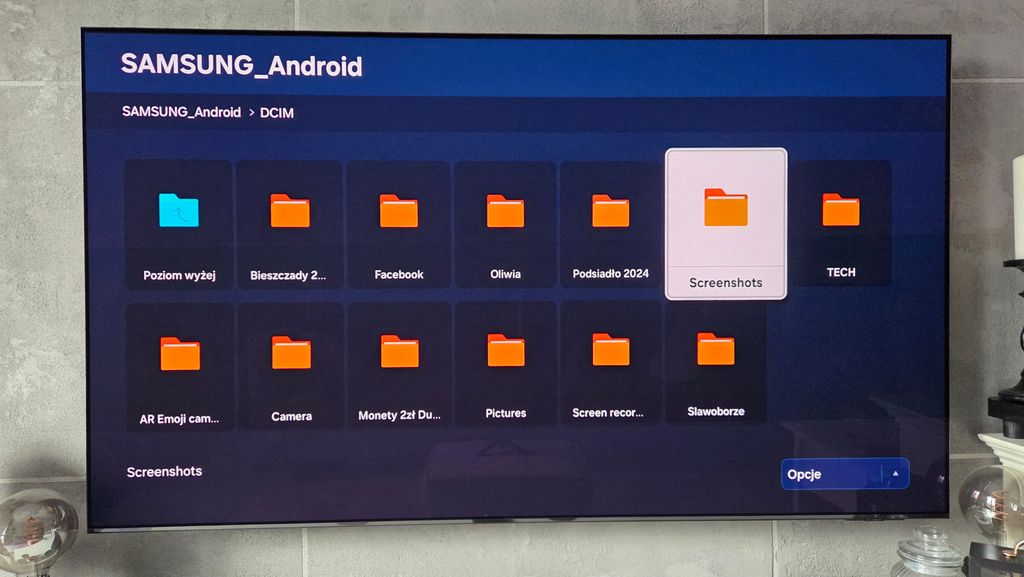
You select the photos you want to view on the big screen... and that's it!
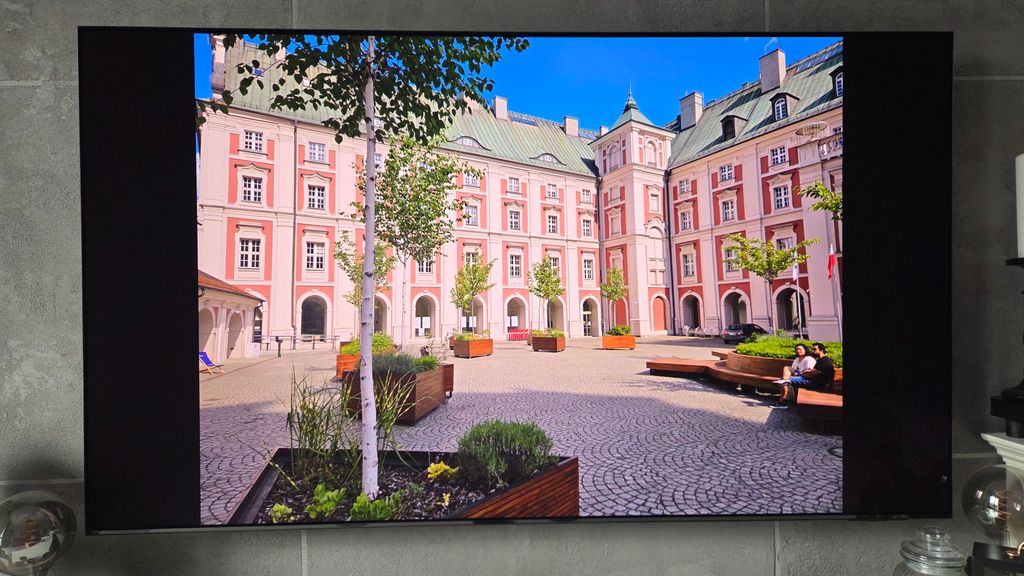
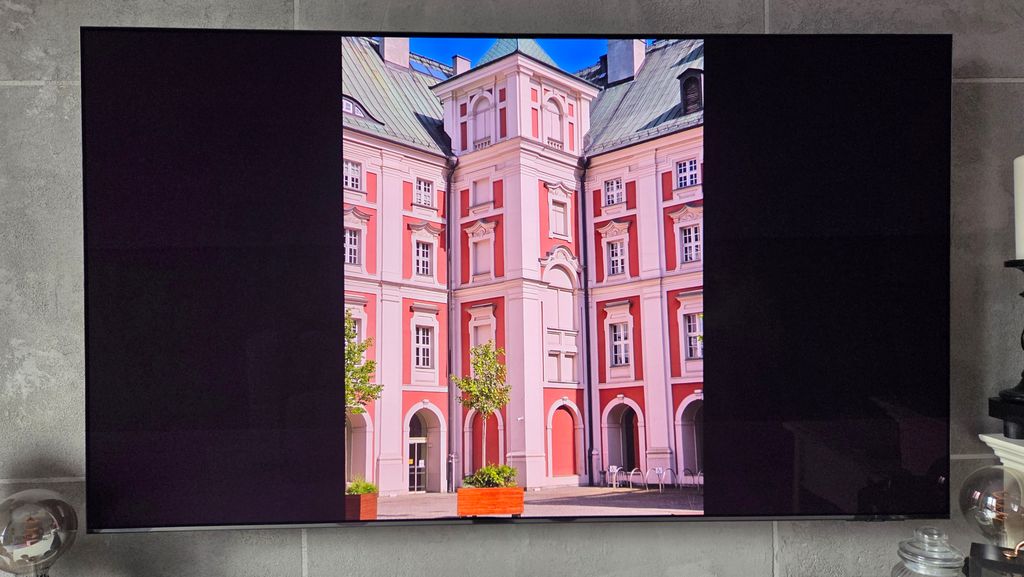
Support depends on the television's operating system – generally, this feature should work on most televisions.
How to connect iPhone to TV with a cable?
Newer iPhone models that have a USB-C port (iPhone 15 and newer) can transmit video to a TV using a USB-C – HDMI cable, as described in the first point. Simply connect the adapter or the appropriate cable, and the phone will automatically recognise the connection, allowing for video and audio transmission.
Users of older iPhones (with a Lightning port) need to use the Apple Lightning – HDMI adapter. This is the only fully compatible solution that allows wired video display from an iPhone to a TV. We recommend avoiding cheap substitutes, as they often do not support DRM protection, which means they do not work with apps like Netflix or YouTube.
Comparison of wired connection methods
Type of cable | Does it transmit video? | Does it transmit audio? | Additional information |
|---|---|---|---|
HDMI - USB-C | ✅ Yes | ✅ Yes | Best quality, but requires support for DisplayPort Alt Mode. |
MHL (micro USB – HDMI) | ✅ Yes | ✅ Yes | Used in older phones, may require additional power supply. |
USB – USB | ❌ No | ❌ No | File access only – works like a pendrive / disk. |
How to connect your phone to the TV wirelessly? The best methods without using cables
Don’t have the right cable or just want to avoid a tangle of cords? Fortunately, there are many ways to connect your phone to the TV wirelessly. What are the most popular methods? You can use various technologies, depending on the phone and TV you have, such as Miracast, Chromecast, AirPlay 2, or DLNA.
How to share your screen on TV?
Enable the Miracast function on your television (screen mirroring)
In the TV settings, find the option Screen Mirroring / Wireless Display / Miracast.
In some televisions, this option is located in the ‘Sources’ or ‘Inputs’ section.
On many televisions, you don’t even need to enable this function. It simply works "in the background".
Turn on screen sharing on your phone
On your phone, go to Settings > Connections > Screen Sharing / Wireless Display.
It might be labelled as Screen Mirroring, Smart View (Samsung), Wireless Display (Xiaomi), Cast Screen (Google Pixel), etc..
After a moment, a list of available devices should appear on your phone's screen – select your television.
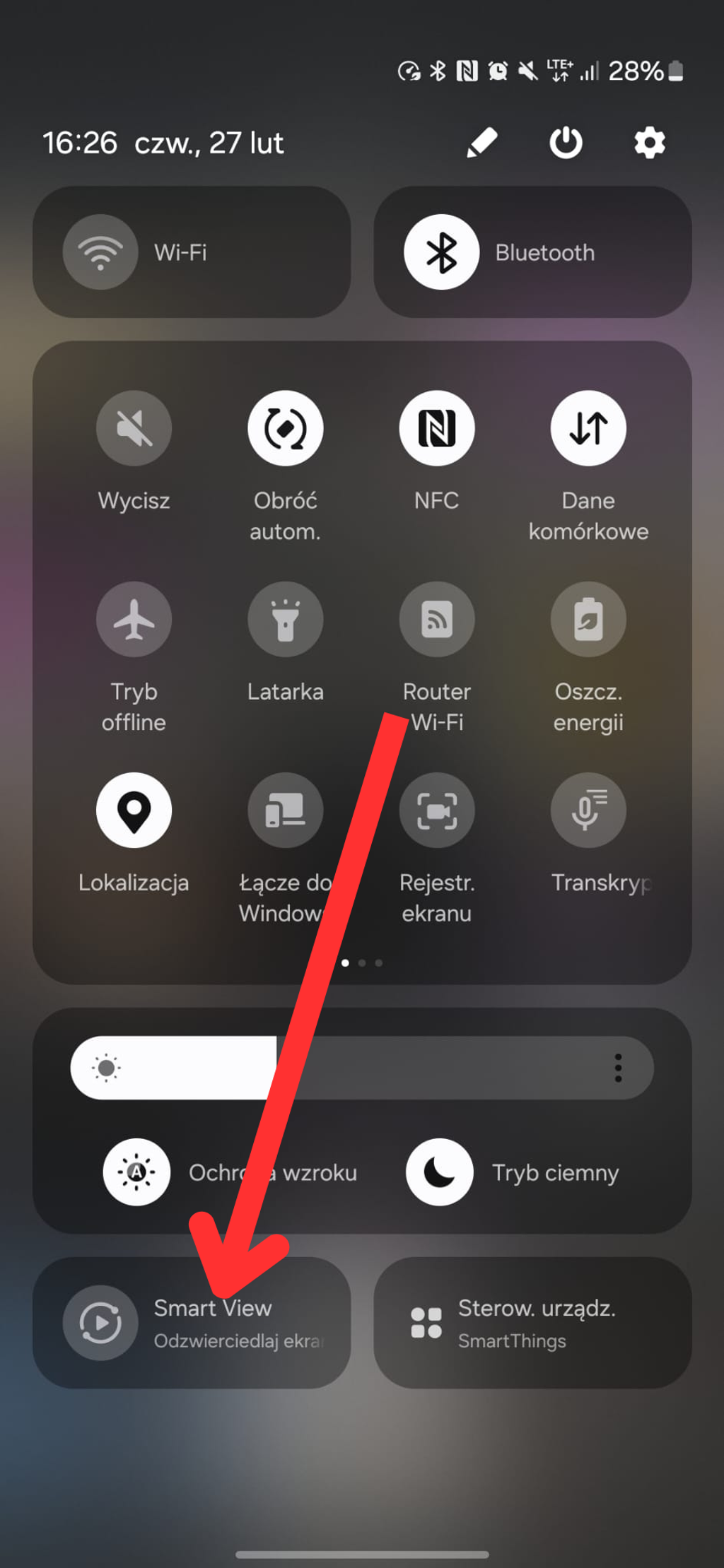
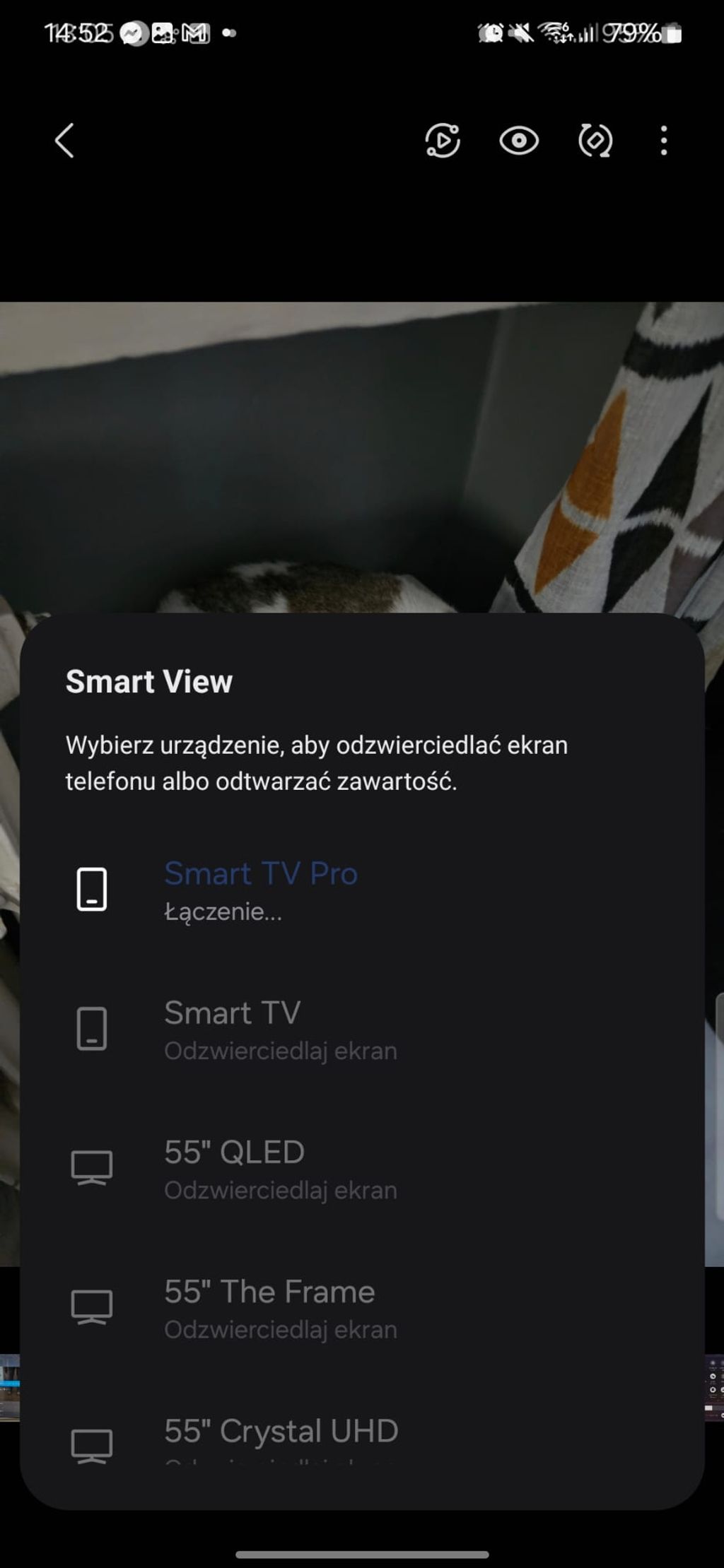
Pair your phone with the TV
Confirm the connection and you're all set! The phone screen will be shared with the TV in real-time.
✅ Now you know how to share the image from your phone to the TV.
How to connect your phone to the TV via Bluetooth?
Many users wonder, how to connect your phone to the TV via Bluetooth, thinking that this technology allows for wireless video transmission. Unfortunately, Bluetooth is not designed for video transmission, as it has too low a bandwidth. However, it can still be used for transmitting audio – for example, to play music through the TV speakers or to connect wireless headphones.
How to pair your phone with the TV?
If you want to use Bluetooth to stream audio, follow these steps:
Turn on Bluetooth on the TV
Go to Settings > Connections / Bluetooth and enable the feature.
Some TVs may require you to go to “Sound” > “Audio Output” > “Bluetooth”.
Turn on Bluetooth on your phone
Open Settings > Bluetooth and search for available devices.
The TV should appear on the list – select it and accept the connection.
✅Confirm the connection on the TV.
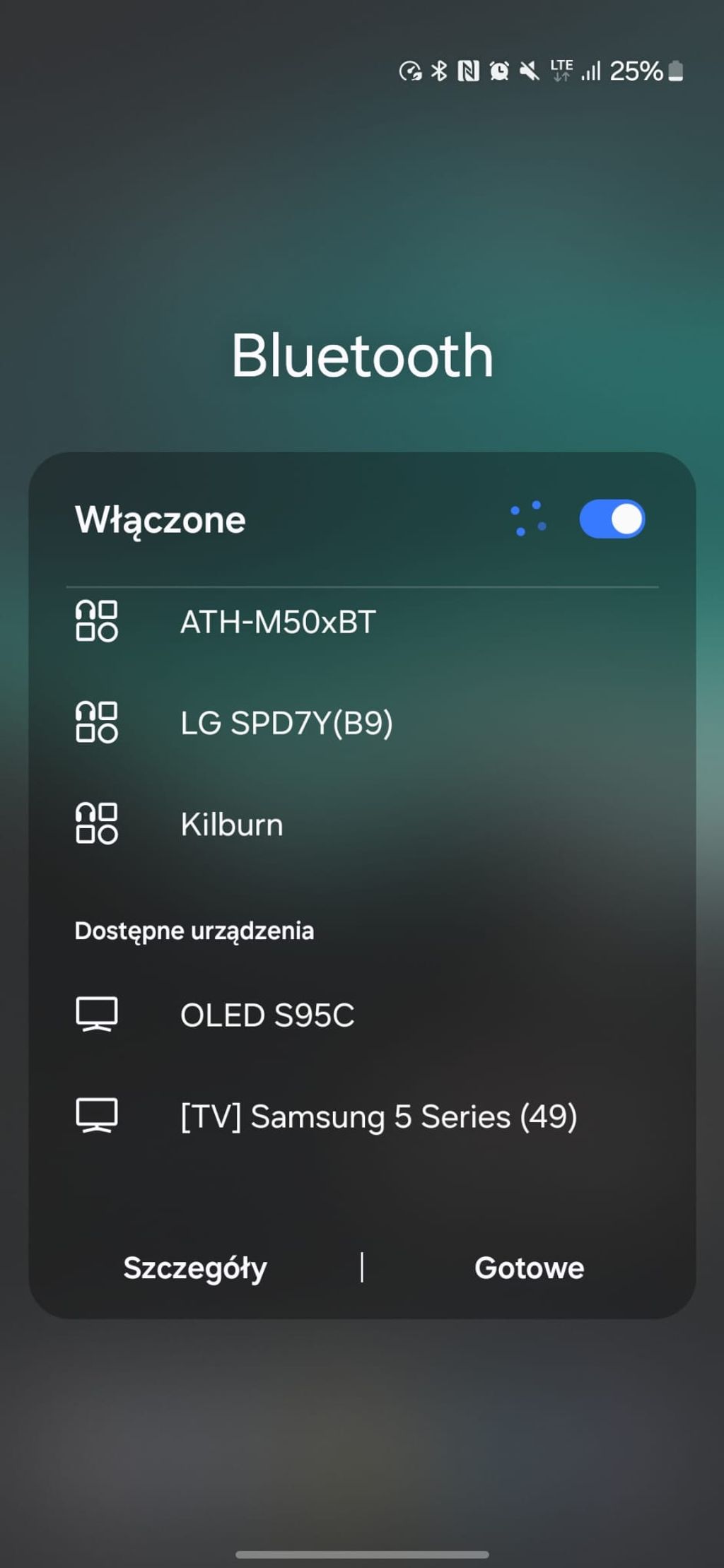
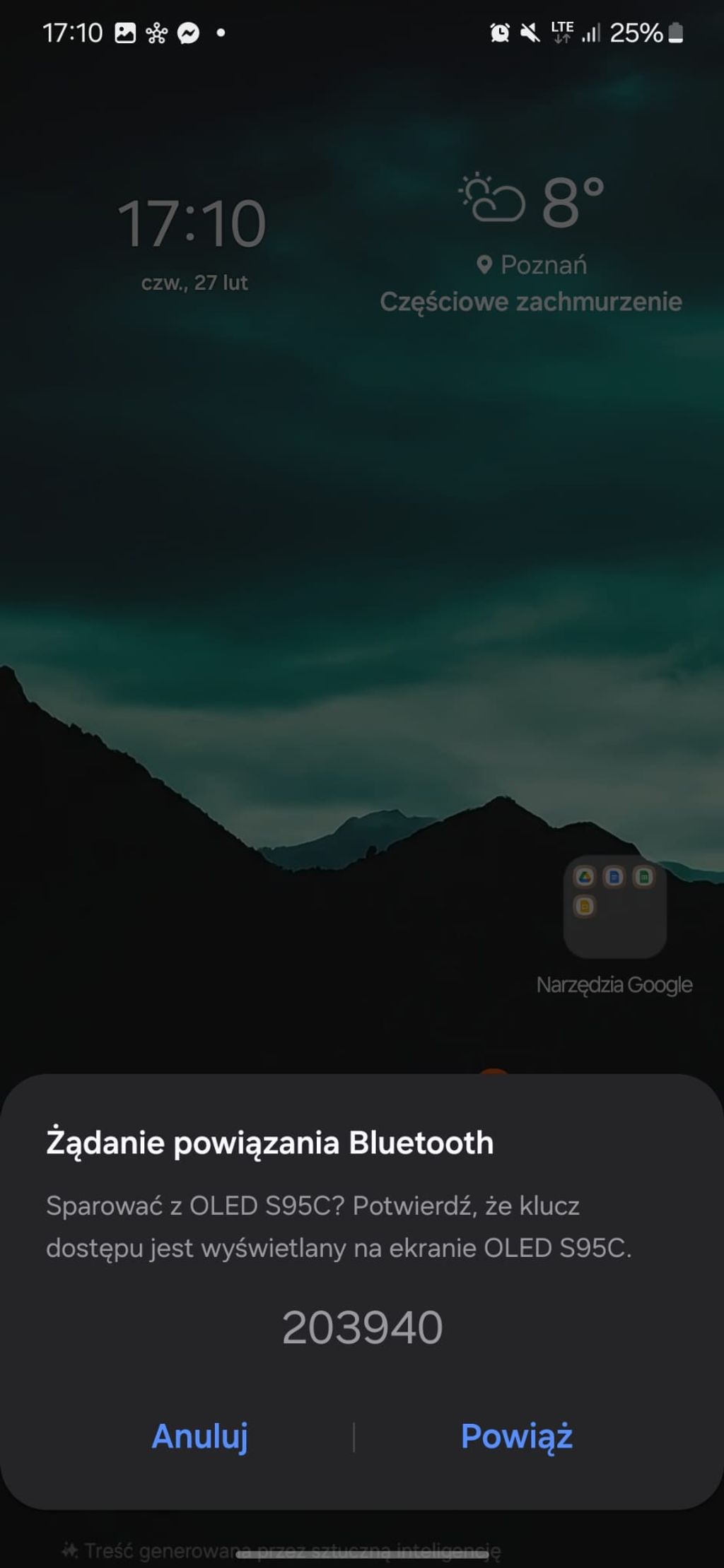
ChooseTV audio source in the television
In the television settings, set Bluetooth as the main audio source. (On some televisions, this doesn’t need to be done. It happens automatically as soon as you pair the two devices).
You can now play music, and the sound will be played through the television’s speakers.
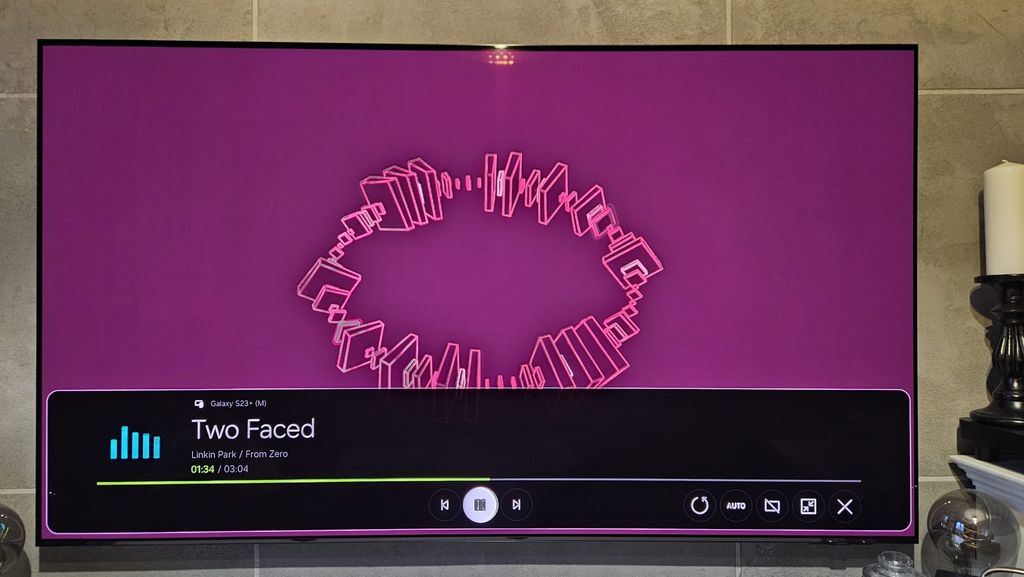

How to connect an iPhone to a TV wirelessly?
To connect an iPhone to a TV without cables, first and foremost you need a TV that supports AirPlay 2. AirPlay 2 is a standard created by Apple that allows streaming of video and audio to compatible TVs.
How to do it?
If your television supports AirPlay 2, simply connect it to the same Wi-Fi network, then on your iPhone go to Control Centre (swipe "down" the menu) > Screen Mirroring and select your television from the list of available devices.
How to connect your phone to the TV via Casting (e.g. Chromecast)?
Connect the TV and phone to the same Wi-Fi network.
Open the Casting-enabled app on your phone and select the desired movie e.g. YouTube, Netflix.
Click the Cast icon on your phone.
After a moment, a list of available devices should appear on your phone screen – select your television.
✅Done! Now you can control the content being viewed on the television using your phone.
How to connect your phone to the TV via DLNA?
If you’re wondering how to share your phone’s screen to the TV and your TV doesn’t support Miracast, AirPlay, or Chromecast, it’s worth checking out DLNA. This is an older standard that allows for streaming media (photos, videos, music) from your phone to the TV.
How does DLNA work?
✅ No cables needed – works over Wi-Fi.
✅ Supported by most Smart TVs (Samsung, LG, Sony, Philips, and others).
❌ Does not allow screen mirroring from the phone – only works for streaming media files.
How to connect your phone to the TV via DLNA?
Ensure that your phone and TV are on the same Wi-Fi network.
Download a DLNA-compatible app, e.g. BubbleUPnP, iMediaShare, AllCast.
Open the app, choose the files (photos, videos, music), and select the TV as the receiving device.
Confirm the connection and start playback.
How to connect a phone to a TV of a given brand?
In most cases, the methods we've discussed previously work on practically every television. Chromecast, Miracast, AirPlay, or DLNA are universal technologies that you will find in various models. However, each brand has its specific solutions that can make the connection easier.
How to connect your phone to TVs with Android TV / Google TV (Sony Bravia, TCL, Sharp, select models of Philips, etc.).
If your TV runs on Android TV or Google TV, you have several ways to connect your phone.
Chromecast – is built into these TVs, so you just need to open an app (e.g., YouTube, Netflix), click the “Cast” icon, and select the TV. (Remember to be on the same Wi-Fi network).
Google Home app – allows not only casting but also controlling the TV.
Airplay 2 – works only on supported devices e.g., Sony, TCL.
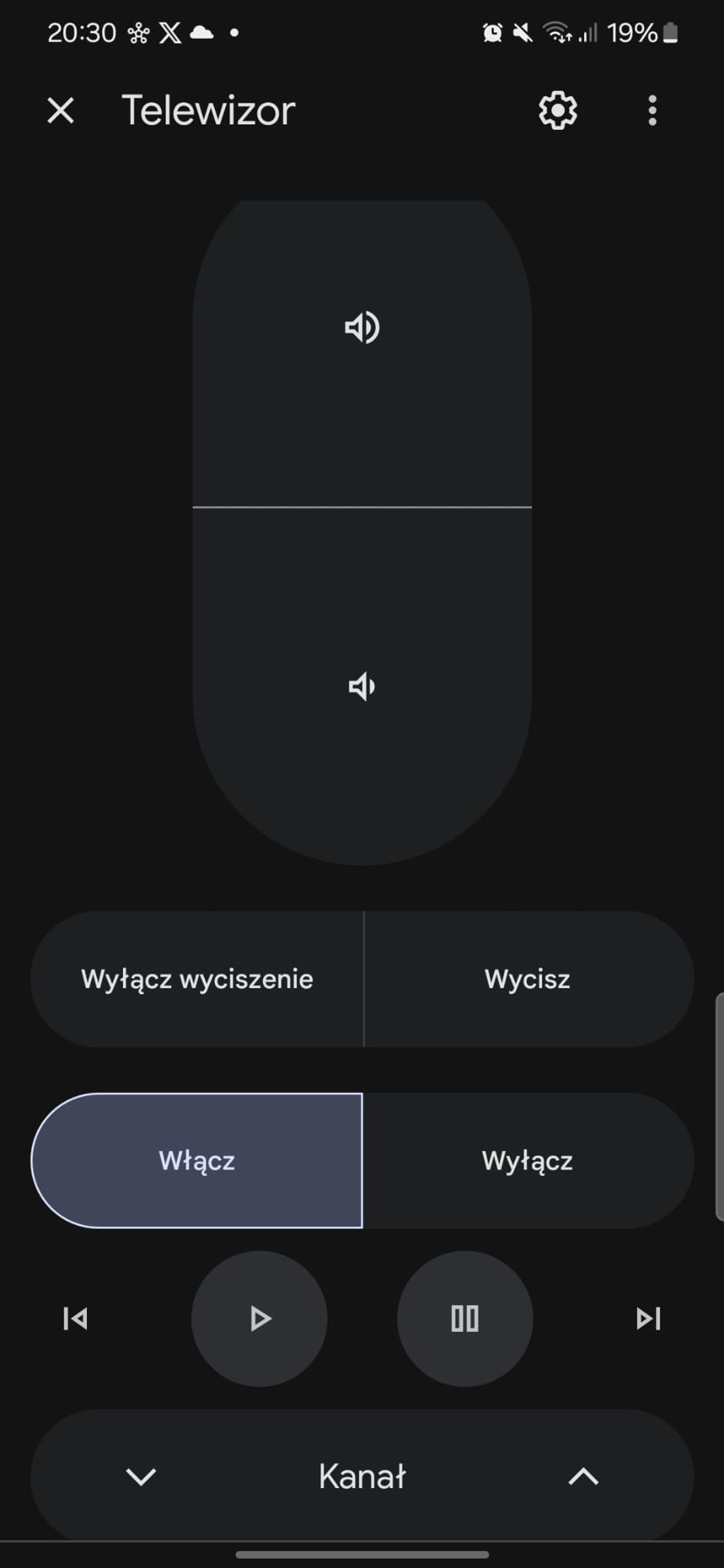
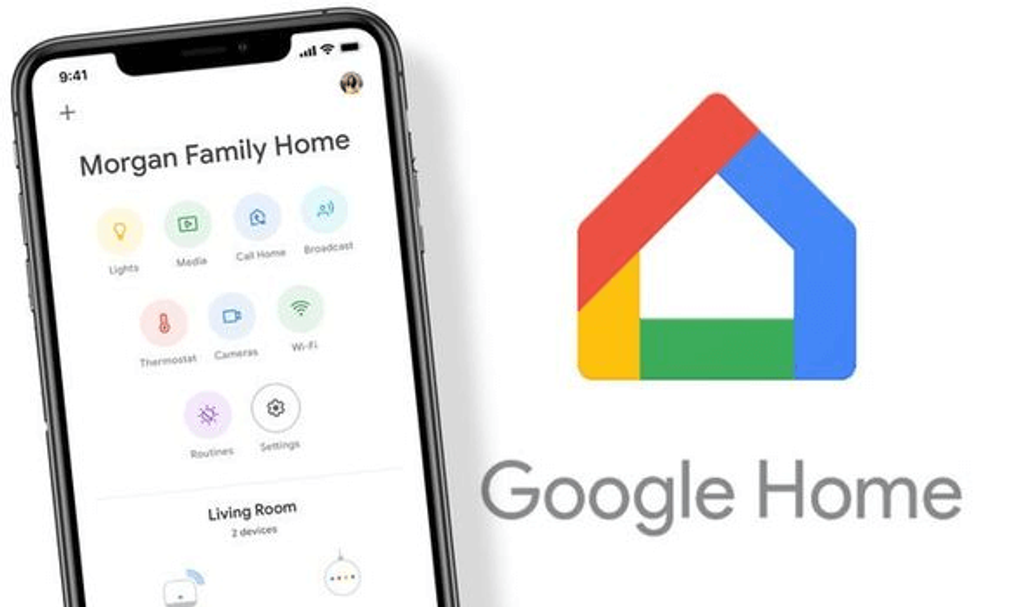
How to connect a phone with Samsung TV?
Samsung has been focusing on its own solutions for years and does not support Chromecast when it comes to TVs, but instead offers other options:
Smart View (Miracast) – a feature that allows wireless screen mirroring from your phone to your TV without the need for the internet. It works not only on Samsung TVs but also on many other models. Exactly how to do this is described above.
SmartThings App – this is more than just screen mirroring. You can control the TV from here, change settings, and stream multimedia from your phone or control other devices.
Airplay 2 – all models from 2019 and selected ones from 2018.
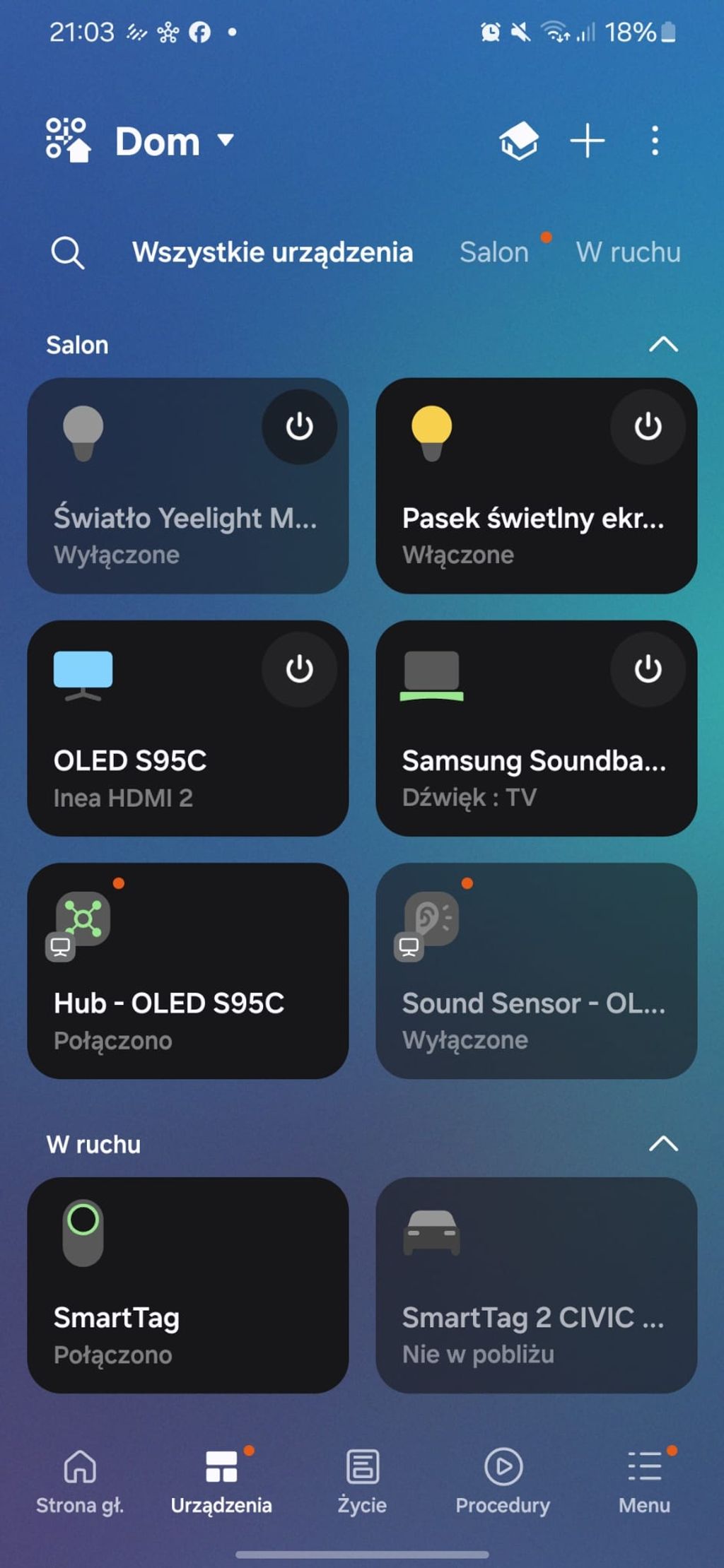
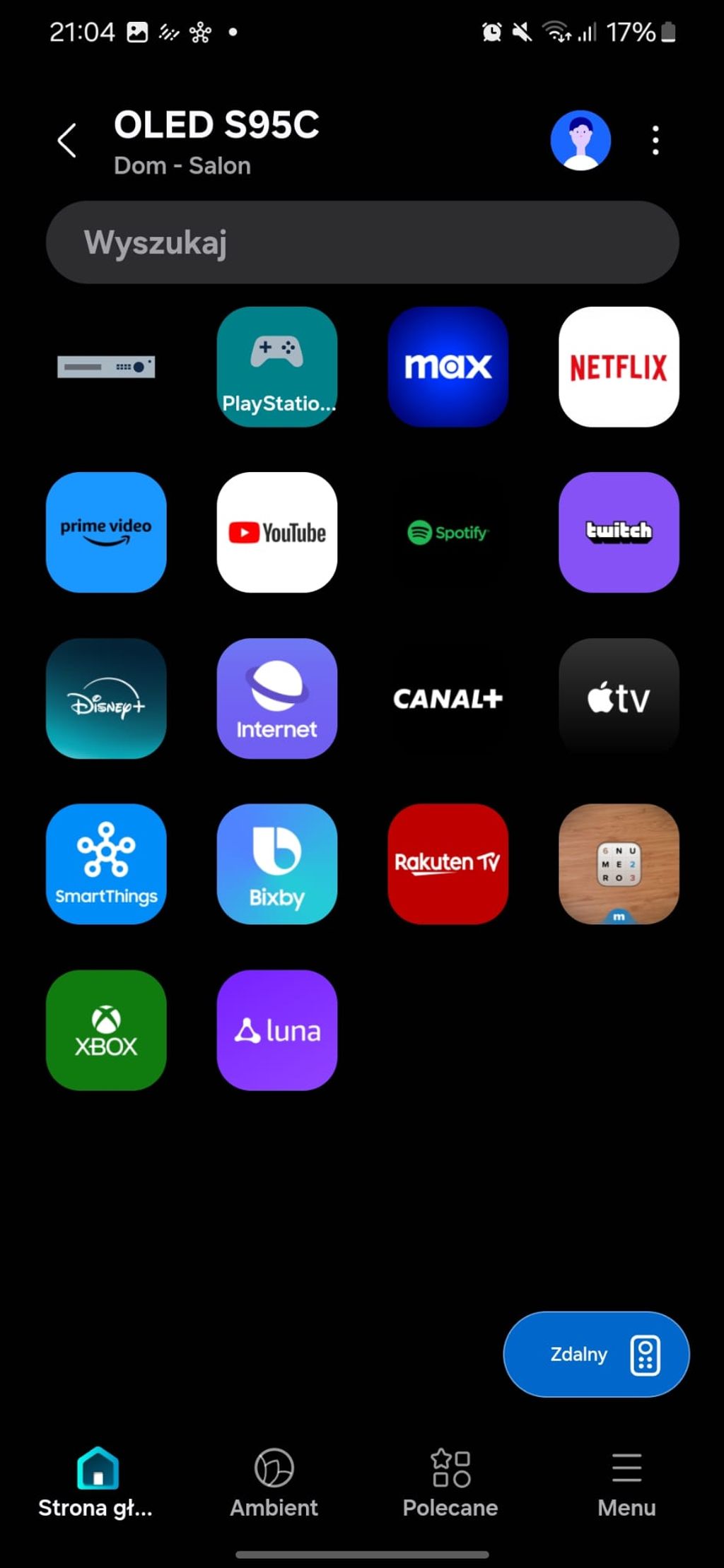
Samsung DeX – if you have a Galaxy series phone (e.g. S, Note, Z Fold), you can connect it to the TV and use a computer-like interface.
How to enable it? Just find your TV in the DEX settings, select it, and that's it!
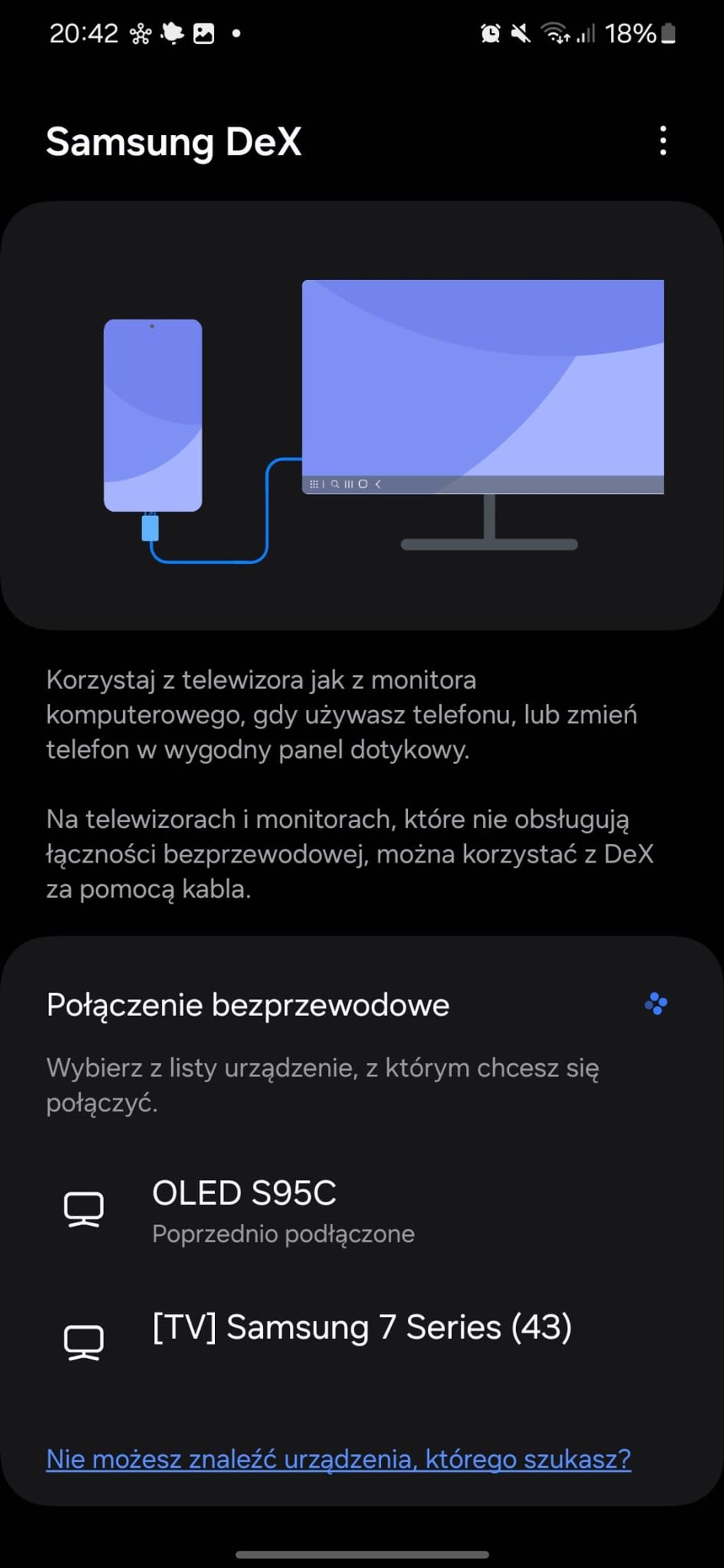
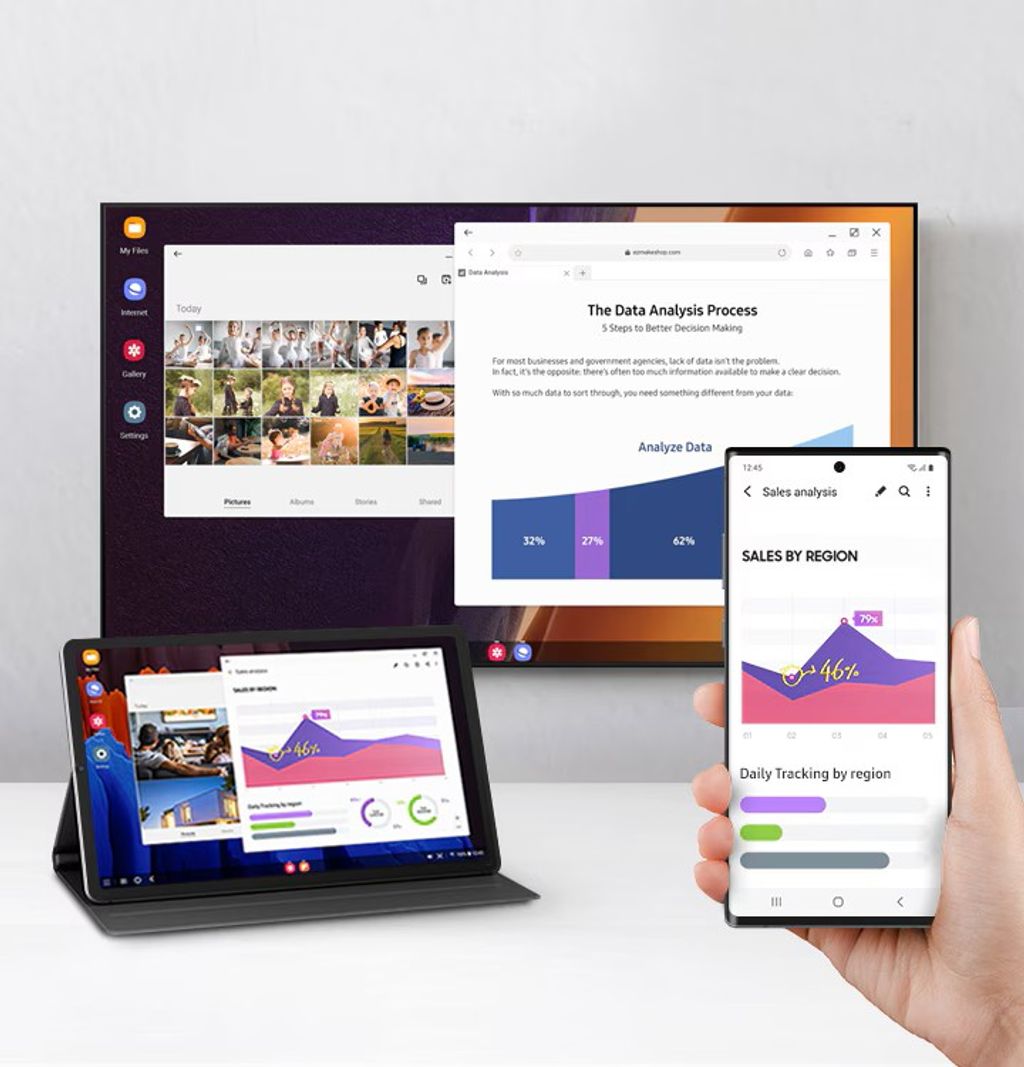
One very interesting option is the ability to connect a keyboard or mouse to the television or phone. This makes DEX mode almost resemble that known from PCs. We used a regular Bluetooth mouse for this.
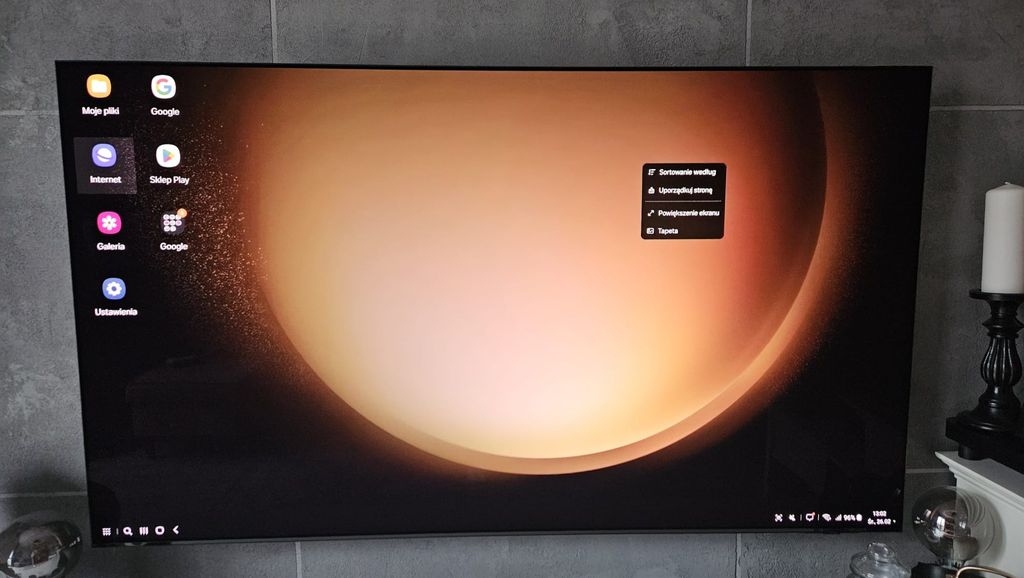
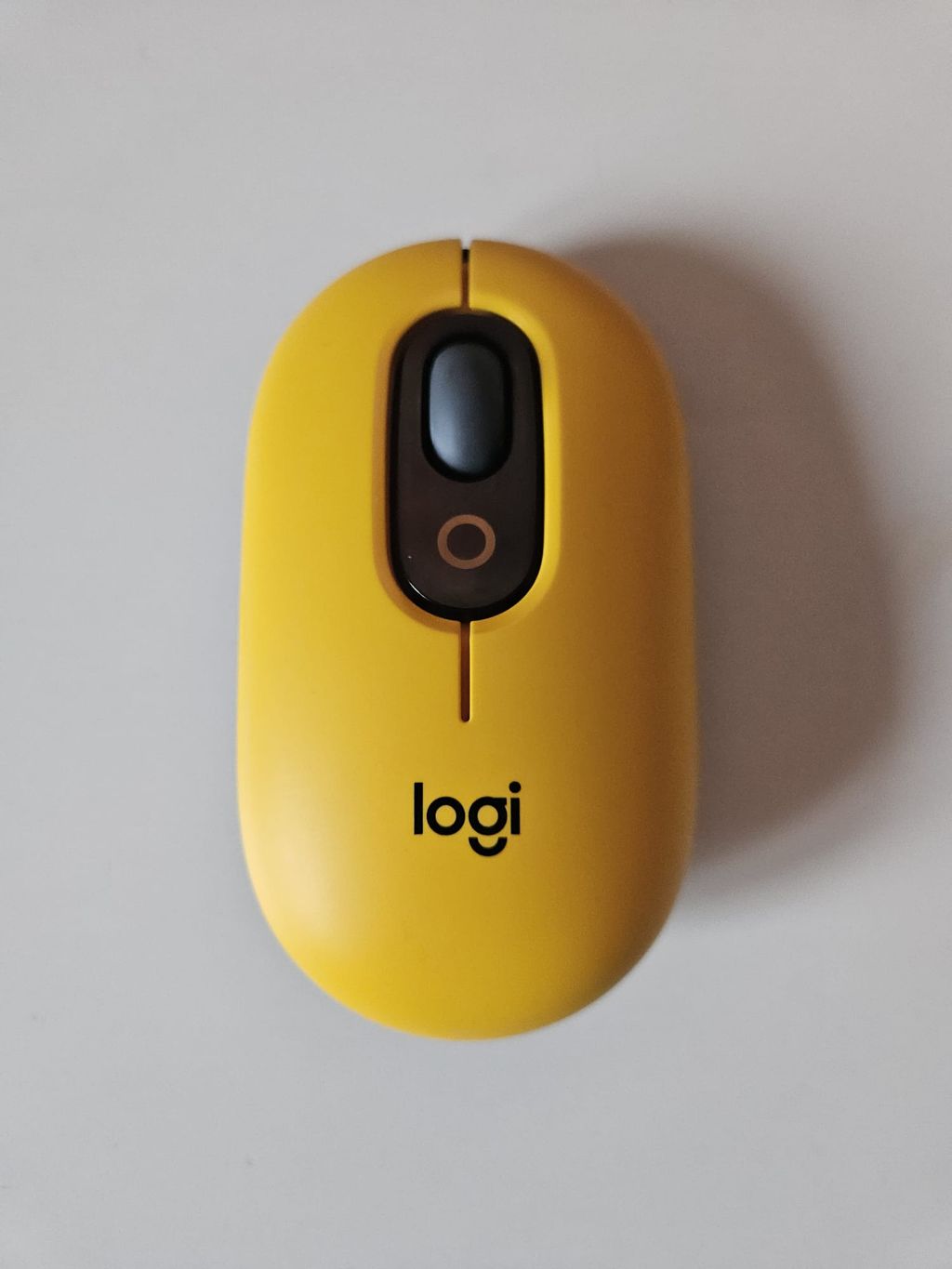
How to connect your phone to LG TV?
LG didn't support Chromecast for a long time, but that has changed with newer models.
Chromecast – in newer LG TVs, it works just like in models with Google TV, so you just need to click the “Cast” icon in the app on your phone, select your TV and you're set. (Remember to be on the same Wi-Fi network).
Airplay 2 – all models from 2019 onwards.
Screen Share / mirroring (Miracast) – similar to other TVs, it allows cloning the screen of your phone.
LG ThinQ App – if you have an LG TV, it's worth downloading it. It allows you to control the TV and stream media. While not as comprehensive as Samsung's SmartThings, it gets the job done.
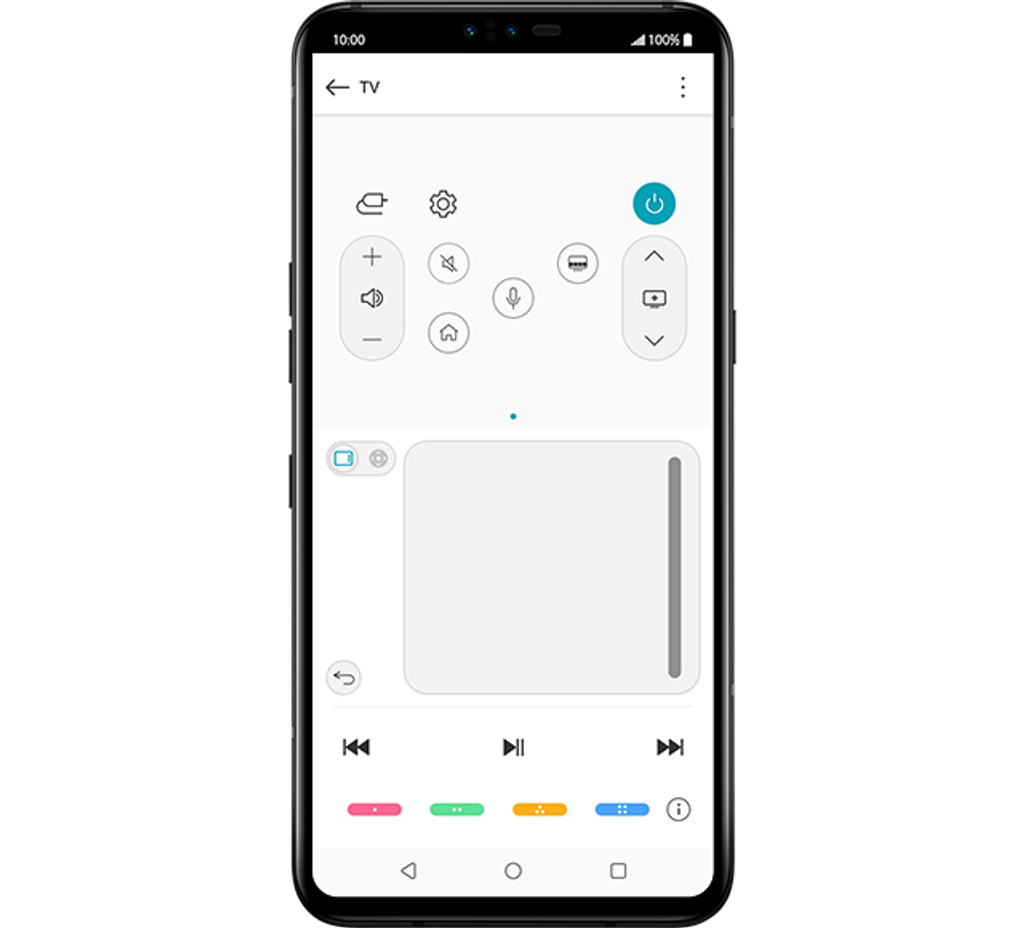
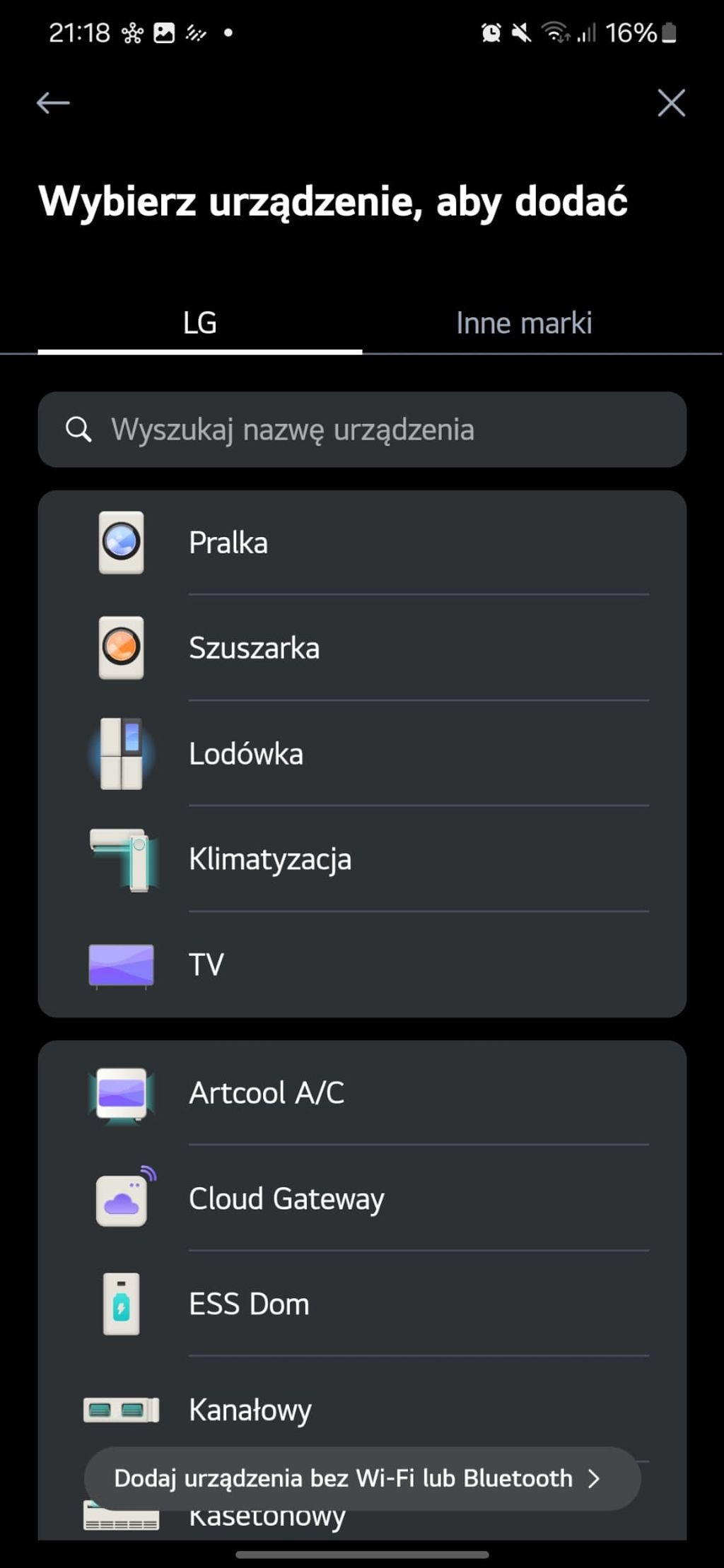
How to connect your phone to Philips television?
For Philips televisions, the method of connecting your phone depends on the chosen operating system.
If you choose a Philips TV with Google TV / Android TV, you will receive support for both Chromecast and screen mirroring (Miracast). This means you can easily cast content from your phone using the Google Home app or directly from apps like YouTube or Netflix.
If you opt for a television with Titan OS, you also have the option of wirelessly transmitting the image. New models with this system support the Screen Mirroring feature, allowing you to clone the smartphone screen onto the television.
How to do it on TitanOS?
On the TV remote, press the “Menu” button or preferably “Sources” – this will open a list of available inputs.
Navigate to the “Streaming” option and confirm your selection by pressing “OK”. The TV will switch to standby mode waiting for a connection with your phone.
On your phone, activate the screen mirroring feature. Depending on the smartphone model, it may have a different name, e.g. Smart View (Samsung), Screen Share (LG), Wireless Display (Xiaomi), Miracast (Huawei), etc.
Choose your television from the list of available devices and accept the connection.
✅Done! The phone screen will be displayed on the TV in real-time.
Summary of all methods
Connection Method | Does it transmit photos/video? | Does it transmit audio? | Does it mirror the screen? | Does it require the internet? | Does it allow device control | Compatibility |
|---|---|---|---|---|---|---|
USB-C – HDMI | ✅ Yes | ✅ Yes | ✅ Yes | ❌ No | ❌ No | Only phones with DisplayPort Alt Mode (high-end phone series) |
MHL – (micro USB) | ✅ Yes | ✅ Yes | ✅ Yes | ❌ No | ❌ No | Older phones with micro USB |
USB-C – USB | ✅ Yes | ✅ Yes | ❌ No | ❌ No | ❌ No | Functions like a USB drive – file transfer only |
Screen Mirroring (Miracast) | ✅ Yes | ✅ Yes | ✅ Yes | ❌ No | ❌ No | Most Smart TVs |
Casting (e.g. Chromecast) | ✅ Yes | ✅ Yes | ❌ No (only apps) | ✅ Yes | ✅ Yes | Mainly Android / Google TV, recently LG |
AirPlay 2 | ✅ Yes | ✅ Yes | ✅ Yes | ❌ No | ❌ No | iPhones + certified TVs |
DLNA | ✅ Yes | ✅ Yes | ❌ No | ✅ Yes | ❌ No | Most Smart TVs |
Bluetooth | ❌ No | ✅ Yes | ❌ No | ❌ No | ❌ No | Most TVs with Bluetooth |
External producer apps | ❌ No | ❌ No | ❌ No | ✅ Yes | ✅ Yes | Samsung SmartThings, LG ThinkQ, Google Home, ConnectLife from Hisense |
It seemed so simple...
It might seem that connecting your phone to the TV is a trivial thing, but as you can see – there are really many options! And the best part is, while creating this guide, we didn't even cover all possible solutions. Depending on the model of the TV, the system, and your needs, you can choose the method that is most convenient for you. The important thing is that today almost every TV allows for a quick connection to your smartphone – whether via cable or wirelessly.
 Ignacy Giżyński
Ignacy Giżyński













